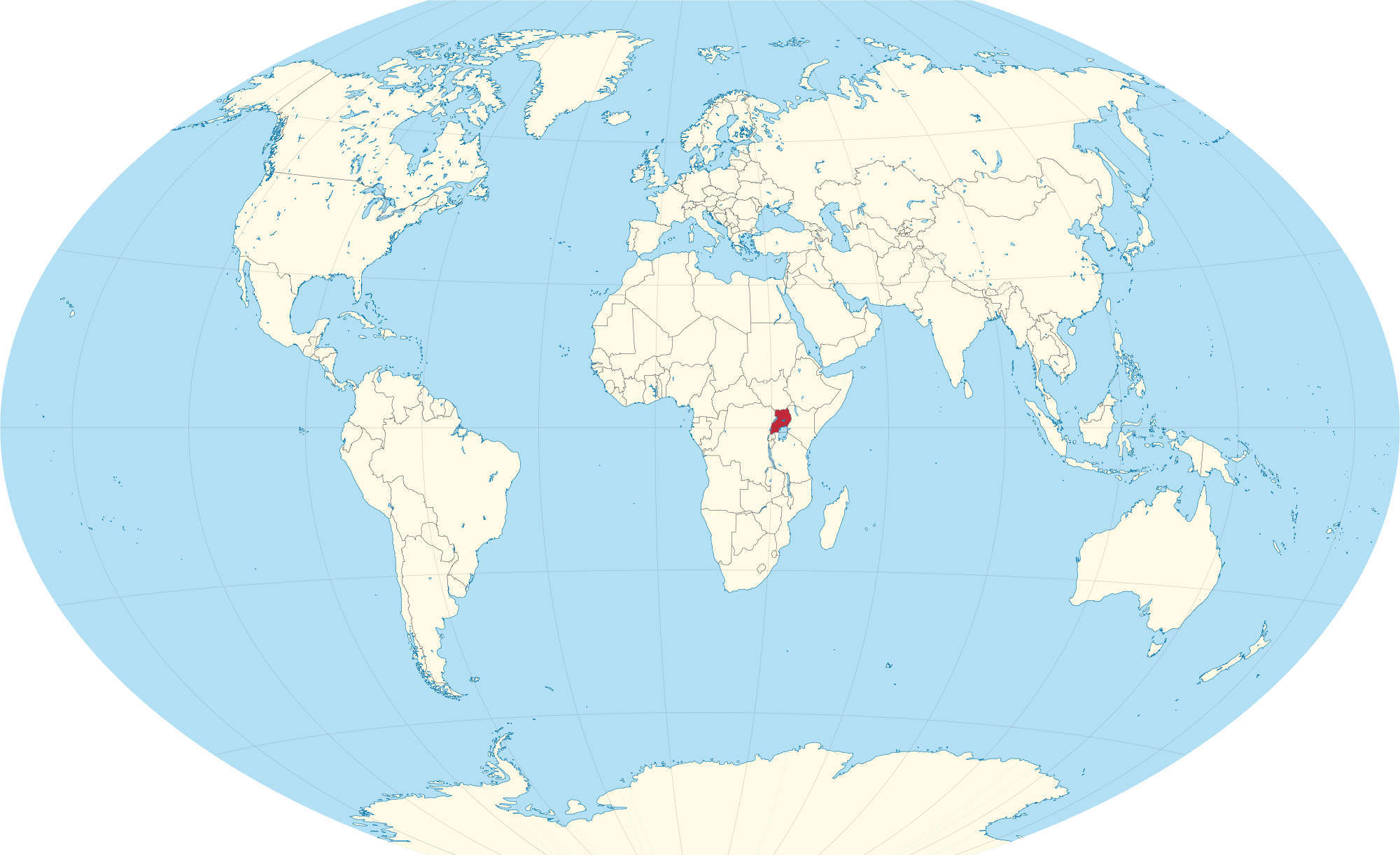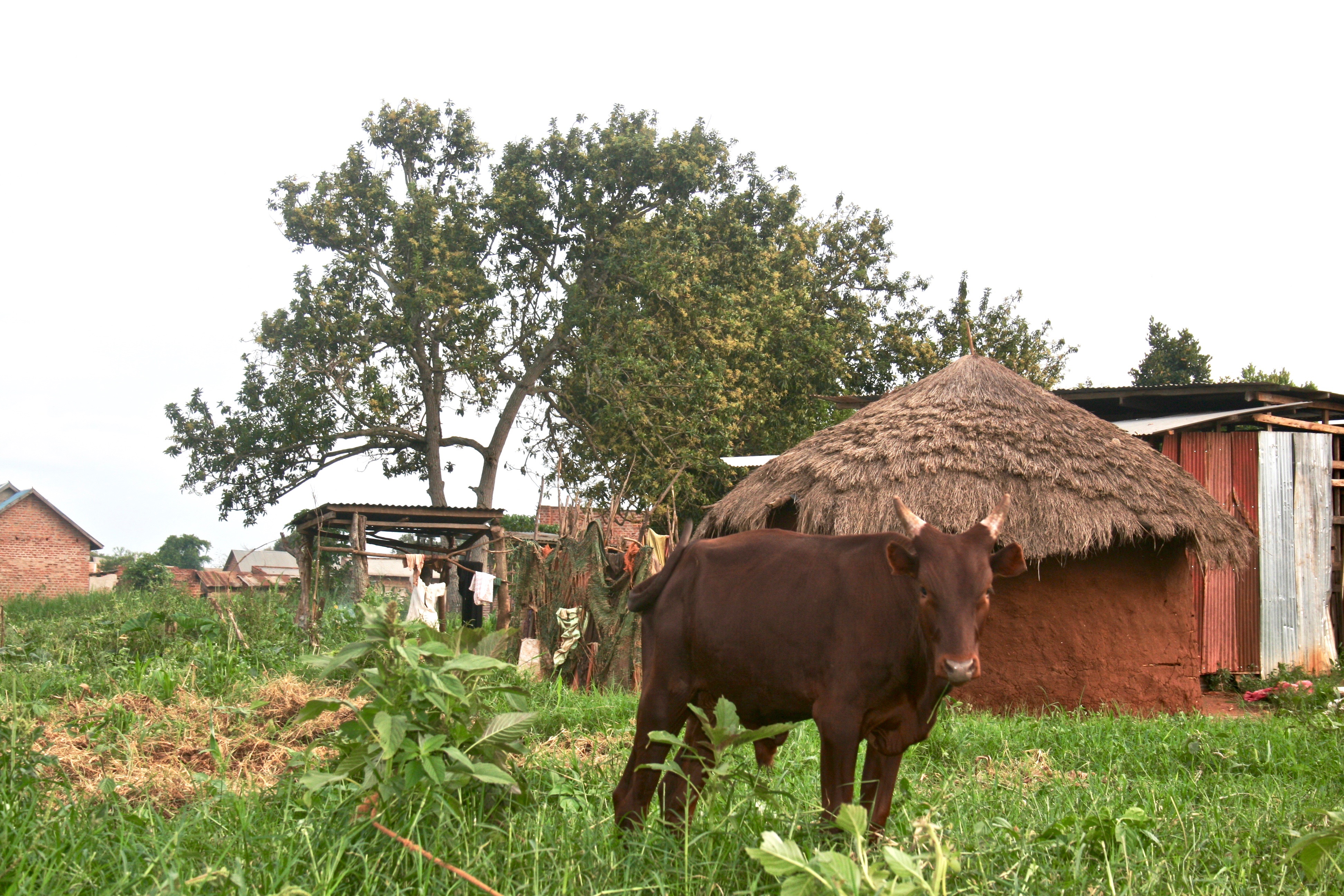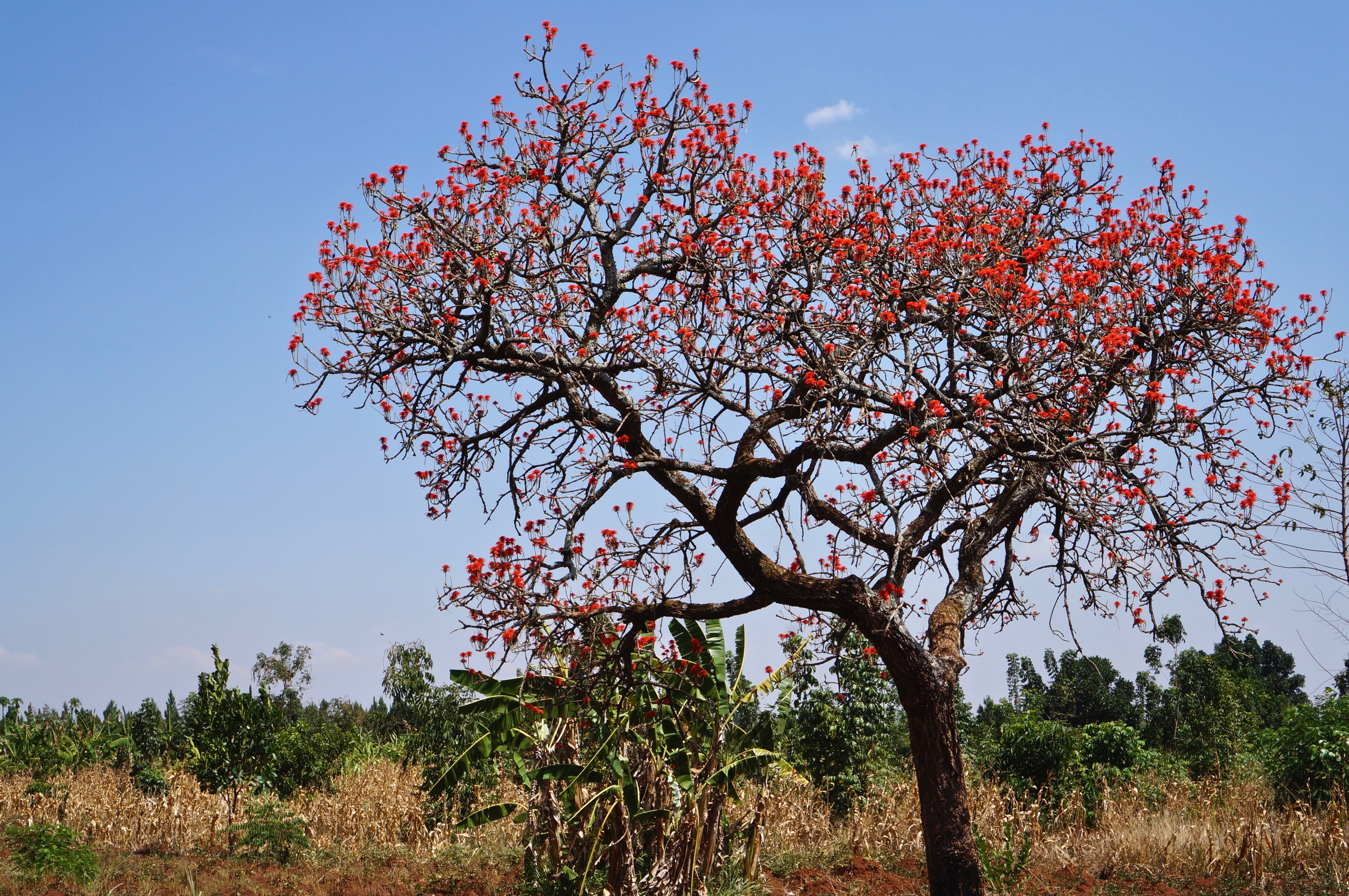Where We Work

Uganda consistently ranks as one the poorest nations in the world. Uganda is still healing in the aftermath of a long civil war that claimed hundreds of thousands of lives and displaced millions more. Political unrest has resulted in frequent outbursts of armed conflict and massacres. Population growth is straining resources and government infrastructure continues to require much improvement. Uganda is experiencing one of the fastest growing refugee crises hosting the third-largest number of refugees in the world.

In Uganda, more than 80 percent of the population remains rural, depending mainly on agriculture for their income. With a national poverty line at just 29,505 shillings a month (approximately $7.88/€6.70/£6.02), a seemingly minimal amount of money, 27 out of every 100 Ugandans are living below this line. The number of poor has increased from 6.6 million in 2013 to 10 million in 2017.

Farmlands are not producing at capacity due to drought; this coupled with an increase in food prices has resulted in widespread food scarcity and malnutrition among the people. With undependable crops, more than 30% of Ugandans face some level of chronic food insecurity. It has also been estimated that about a third of Ugandans have what has been termed ‘unacceptable’ food consumption. This means, they are under eating or eating empty calories through monotonous and unvaried diets, which frequently cause micronutrient deficiencies. Malnutrition remains a serious problem in Uganda.